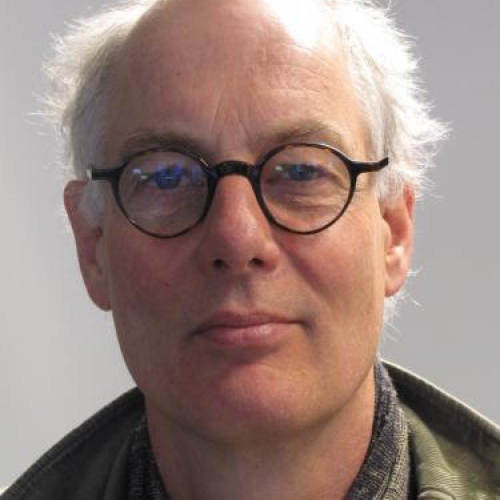Devising complex art projects between technologies and new, interdisciplinary user experiences.

Curare progetti multidisciplinari tra arte e tecnologia
When: 21 November - 23 November 2022
Where: Via Giardini 160
Enrolment: 21 September - 14 November 2022
Attendance requirements: lunedì e mercoledì dalle 10 alle 13 e dalle 14 alle 17.30 | martedì dalle 10 alle 13 e dalle 14 alle 18
Nowadays, curating a project means dealing with multiple platforms and it is important to know how to choose and use them in an informed way that is in line with the project itself. So, what differences are there between the narrative possibilities of the various channels such as the web, exhibitions, books, films and social media? How do they relate with each other? What public can they reach out to and how can they involve them? And which scenarios do new technologies open up?
The course will answer these questions while taking a particular look at projects relating to documentary and social practices. It will investigate the link with the field of art, examining the curator’s role in projects that involve artists and the community, and will pay particular attention to the role of the online dimension to try out new possible manners of participation. In the three days, the participants will be involved in a practical exercise in which they can work in contact with artists to devise new multidisciplinary projects.
Teachers
BAS VROEGE
Bas Vroege ha studiato Economia presso l’Erasmus University Rotterdam (1976-1979, BA) e Fotografia all’Accademia St. Joost di Breda (1979-1981). Nel 1980 è co-fondatore di Perspektief, centro per la fotografia a Rotterdam, di cui è direttore dal 1985 al 1992. Dal 1988 al 1992 ha diretto la Biennale di Fotografia di Rotterdam.
What you will learn
- that every presentation platform has its own narrative potential (think of what and how the web can tell a story compared to a book or an exhibition compared to a film)
- to assess the various (im)possibilities provided by public spaces with respect to spaces formally set aside for art
- that the curator has to know how to adapt their role according to the project type and above all has to be able to relate correctly with the artists and the people or communities involved in the projects
- to put together artistic projects linked to documentary and social practices centring around themes such as inclusion and sharing
Programme
Programme
From 10am to 1pm
Introduction and presentation: multidisciplinary projects and the curator’s role, case studies on the work of Paradox from 1993 to date.
From 2pm to 5.30pm
Discussion: art, literature, cinema and new technologies.
Introduction to the practical exercise and meeting the artists.
From 10am to 1pm
Group exercise to develop one or more multidisciplinary projects involving the field of exhibitions. The exercise includes making a scale model and editorial products, designing a dummy and online channels (apps, web and social media).
From 2pm to 6 pm
Discussion of the students’ projects by analysing the essence of the work of the artists involved.
From 10am to 1pm
Continuation of the group work and development of possible online narratives.
From 2pm to 5.30pm
Presentation and final discussion.




 Storia delle mostre e pratiche di allestimento
Storia delle mostre e pratiche di allestimento 